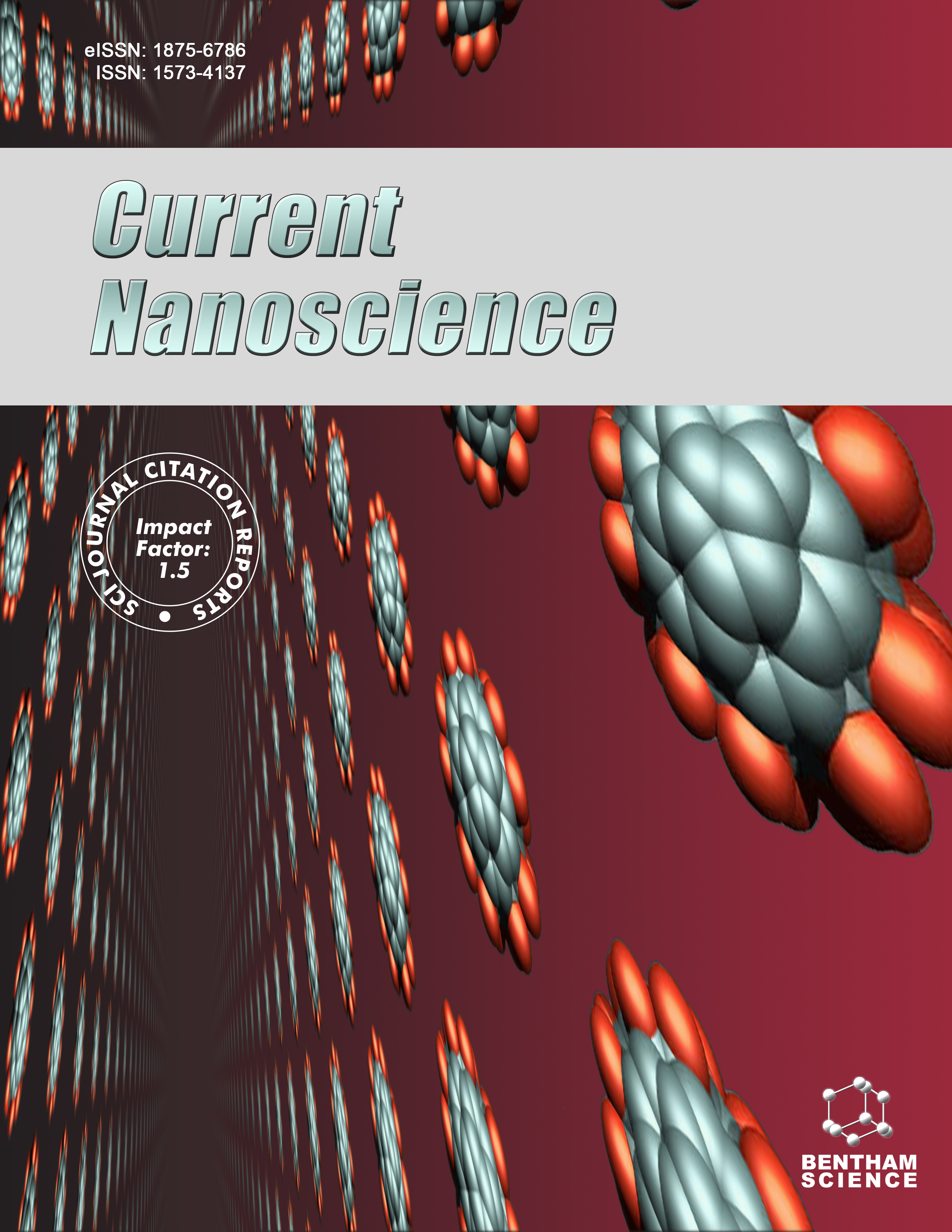
Full text loading...
A modern genre of solar technology is Perovskite solar cells (PSCs), which are growing rapidly because they work well. The composition of links within the hole transport materials, electron transport materials and the footprint on PSCs is perovskite.
The traditional genre of lead halide perovskite can be swapped with a new perovskite compound called Cs2TiBr6. Cs2TiBr6 has better properties when it comes to light, electricity, and solar energy. When comparing the performance of various electron transport films (ETFs) for the effective operation of perovskite, TiO2 is recognized as an ETF as it has higher thermal stability, low-cost, and appropriate energy level.
The most productive hole transport film (HTF) for these perovskite solar cells, compared to other HTFs, has been demonstrated as V2O5.
The various solar cell characteristics of the proposed device, the “Au/V2O5/ Cs2TiBr6/TiO2/ TCO” perovskite solar cell, are investigated in this examination by tuning the parameters such as temperature, series resistance, defect density, etc.

Article metrics loading...

Full text loading...
References


Data & Media loading...

